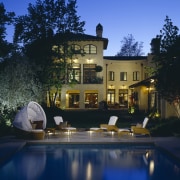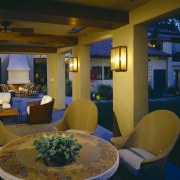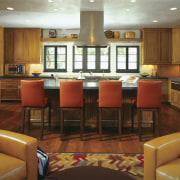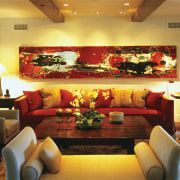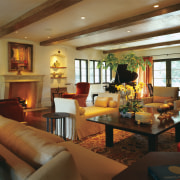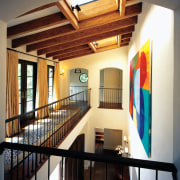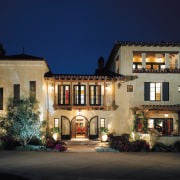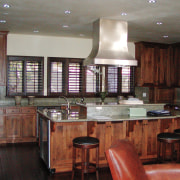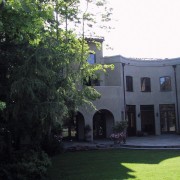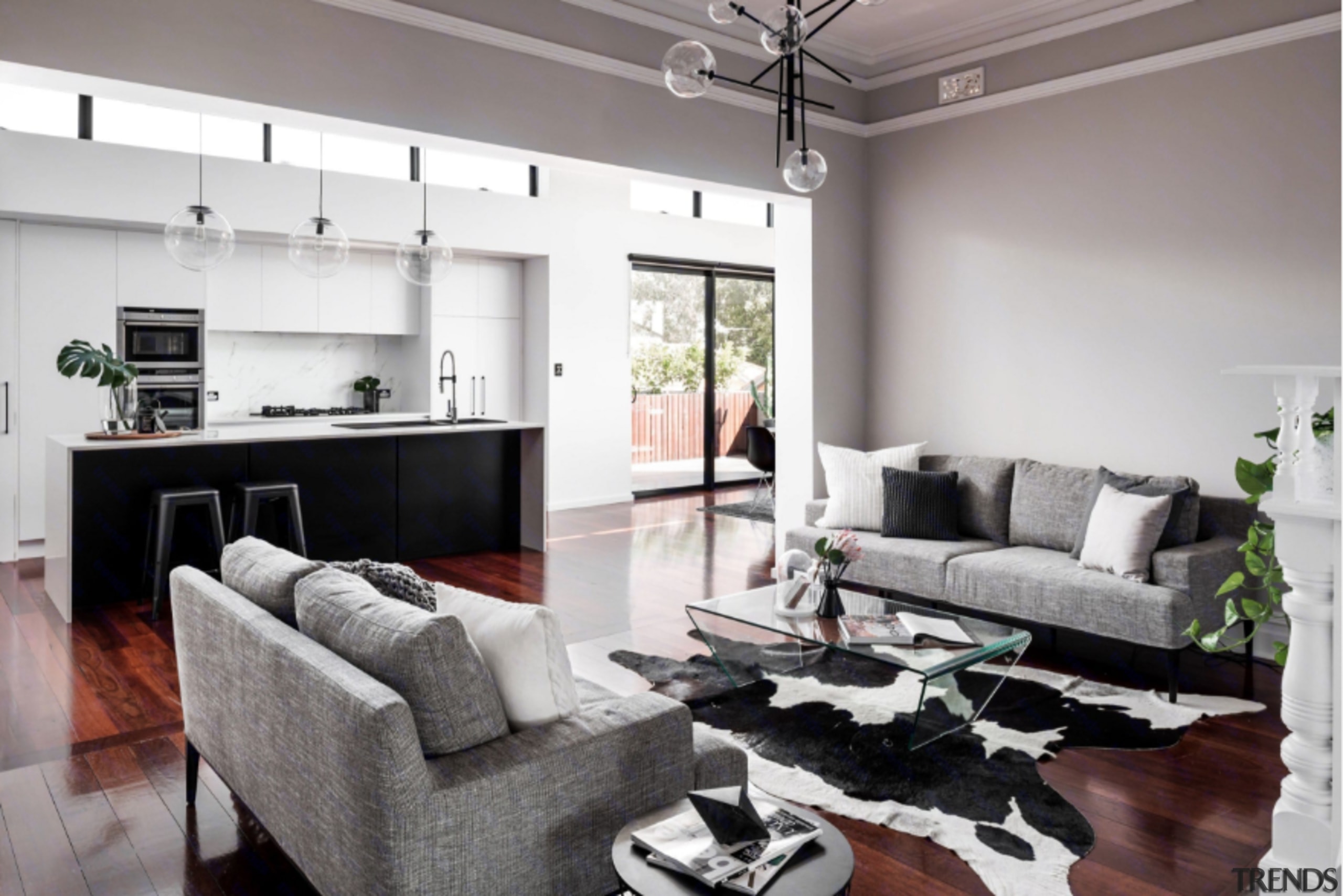Changing accents
A classic Spanish-style house has been reinvented with a different Mediterranean inflection. The resulting Italian-look residence is lighter and more inviting
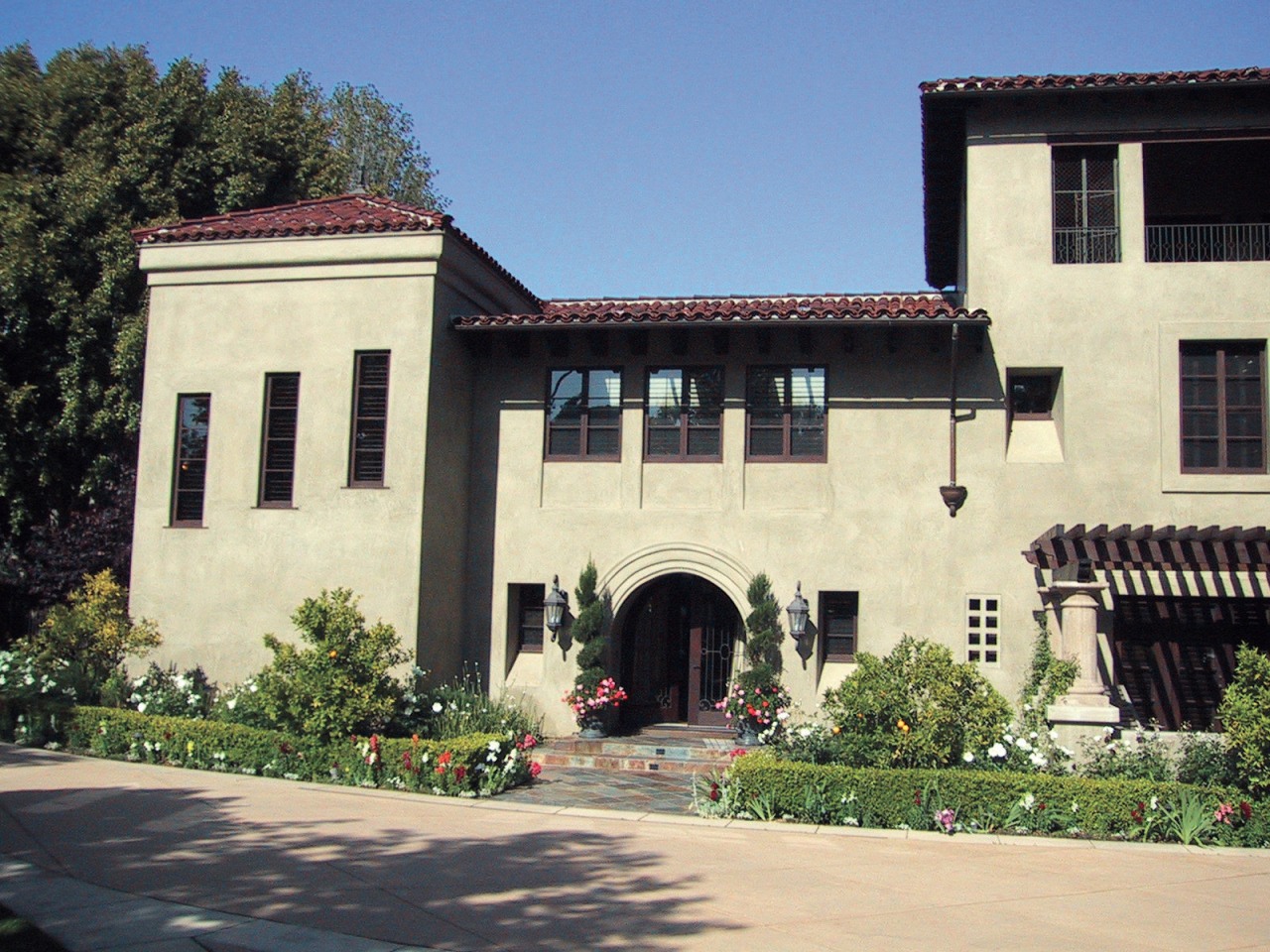
The word casa in Spanish has the same meaning in Italian, and the two countries' iconic house styles share more than just a name. Dense stone walls, wrought ironwork and archways are all notable features of both in fact, the differences, as with so many things, are largely in the details.
This large Mediterranean house has been given a cultural shift and total rejuvenation by architectural firm Landry Design Group, with associate Brian Pinkett at the helm. The interiors were also sympathetically reinvented by interiors specialist Luis Ortega Design Group.
Brian Pinkett explains what the owners wanted from the remodeling project from an architectural perspective.
"Our clients loved the house location and the broad structure of the residence, but felt the exterior and the interiors were dark and uninviting," says Pinkett. "They wanted the cultural emphasis changed from Spanish to one more aligned with Italian design Italian culture being a passion of the owners."
In addition, the owners wanted this Italian influence to be light and contemporary in a sense it was to be an architectural shift of both culture and period. Seen from the front, the changes have a largely traditional Italian emphasis, however, the rear and the interior clearly reflect this modern Italian design sensibility.
"The first step was to strip the slightly dowdy Spanish stucco fae§ades and replace them with a warmer-toned plaster finish," says Pinkett. "Secondly, wrought iron gates were set into the arched entry, turning what had been a shadowy opening into a more defined, inviting entrance."
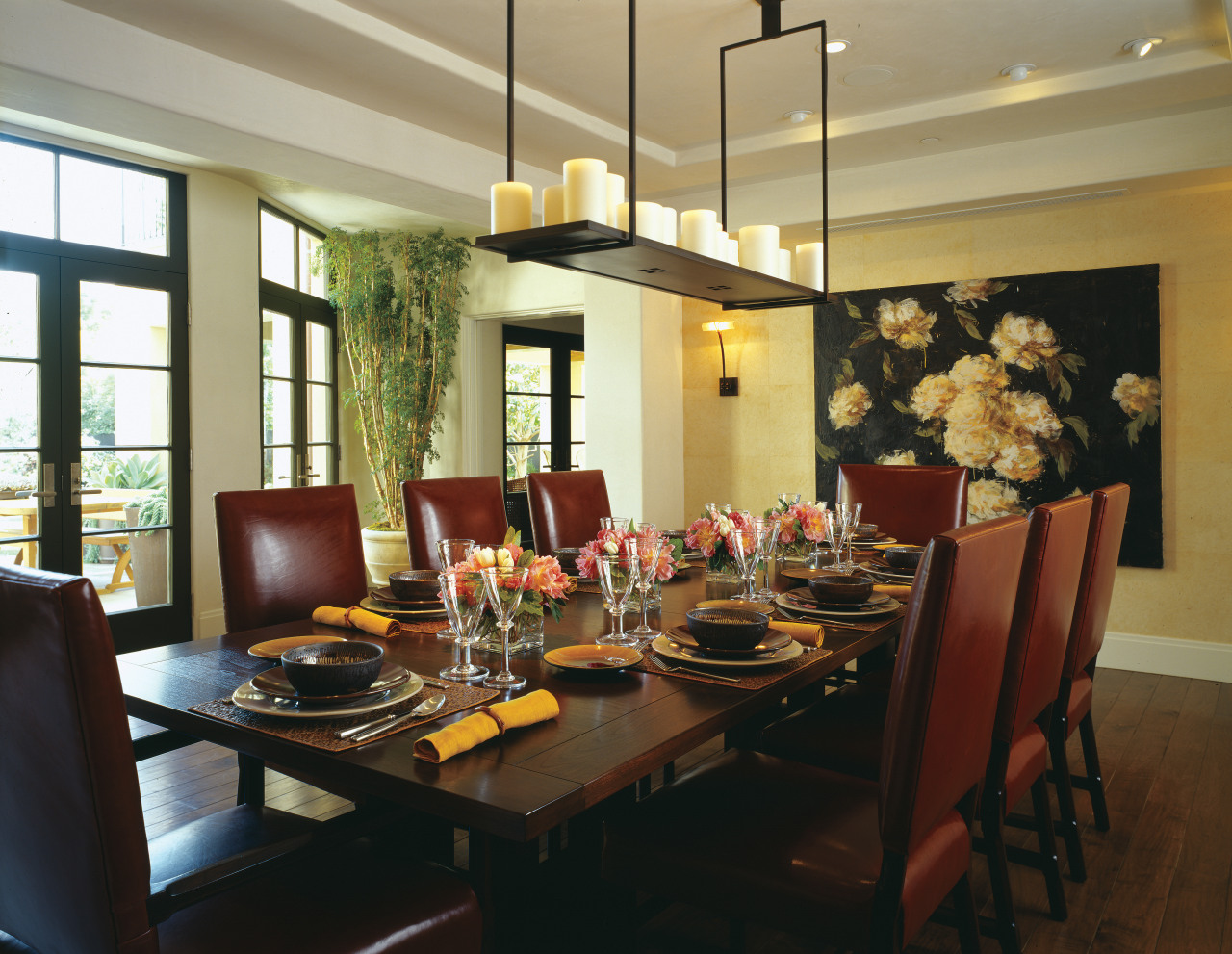
A covered balcony was introduced over this central archway. This provided the added benefit of shelter for the entry beneath. Another change apparent from the street was the evolution of a second-story, covered-rooftop garden into a loggia, with windows and doors set back from the supporting pillars.
Other changes on this side included rethinking a trellis with lighter, thinner timbers, and removing incidental Spanish detailing, such as mosaic tiling at the entrance. This was replaced with broad limestone steps. Wood shutters were another introduction to the fae§ade, also a classic Italian architectural feature.
"Existing windows and doors were retained but the fittings and fixtures were all replaced. In some areas, custom windows and doors in the same design were added alongside, contributing to a more airy feel," he says. "To further brighten the house's street presence, exterior lighting was given increased emphasis."
On the home's interior, changes ranged from complete relocation of rooms down to the introduction of hand-painted Italian tiles on the stair rises.
The principal reshuffle at ground level was to turn a series of small rooms into a great room that sweeps through from the front of the house to a loggia at the rear. To the left of this, on axis with the front atrium, lies the relocated dining area, with French doors beyond opening to a courtyard.
The architect also introduced a sunken pit in the great room and several wall panels and niches were also built into the interior. Much of the work required close collaboration with Luis Ortega to achieve a transitional contemporary Italian decor.
"This modern, Tuscan feel is reflected in the features and detailing," says Ortega. "Overall the look is cleaner, simpler and lighter. Wood elements such as the ceiling beams were refinished and stained in a lighter hue, a limestone fire surround was introduced and the furnishings and artwork are decidedly contemporary the comfort of modern furnishings was another requirement of the design brief."
Existing light-toned walnut floors were extended through the house, and the new kitchen's cabinetry is also in bleached walnut. The open-plan living spaces, additional glazing, and this emphasis on lighter wood tones all contribute to a more airy, modern interior.
Ortega says the attention to clean lines from the dining area's tray ceilings to the kitchen cabinetry panels was important in drawing disparate elements together.
"A contemporary loggia introduced at the rear of the home adds to this linear emphasis," says Pinkett. "This replaced what had been a series of arches in this area. The rectilinear loggia also provides a balcony for the master bedroom above."
From a welcoming entry, through the lighter, roomy interiors and out to the loggia and refitted pool, the home now offers a perfect setting for the dolce vita.
Story by: Trendsideas
Home kitchen bathroom commercial design
Reflection and repose
9 tile shapes and finishes that think outside the square
White cloud, blue sky

